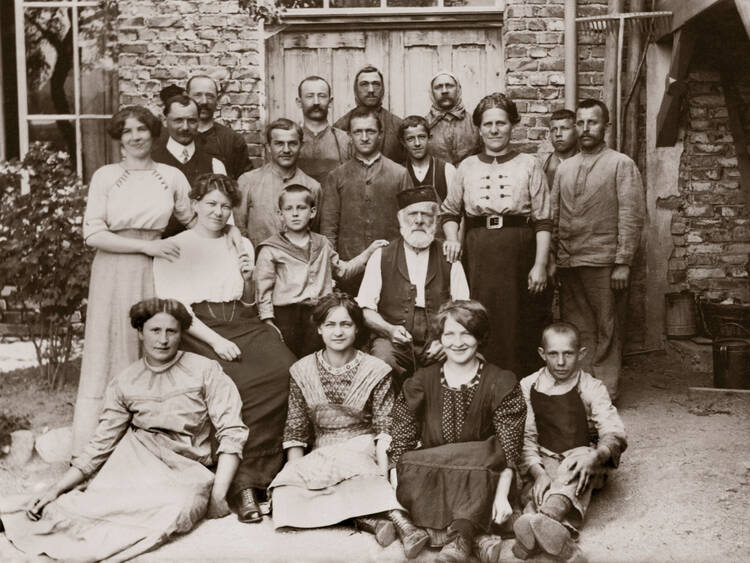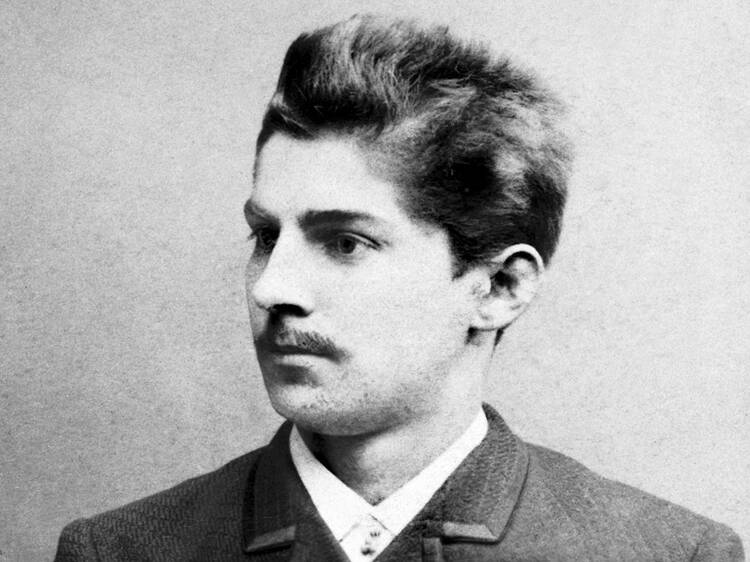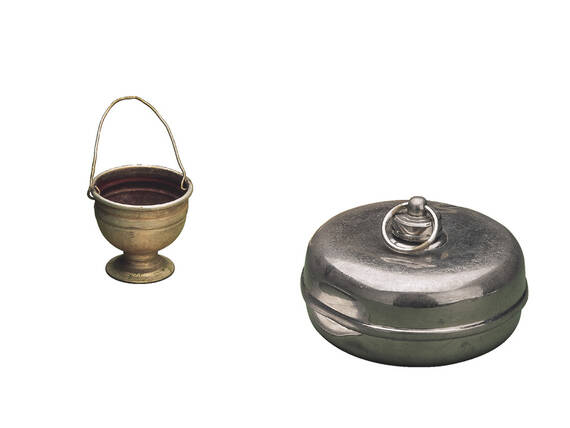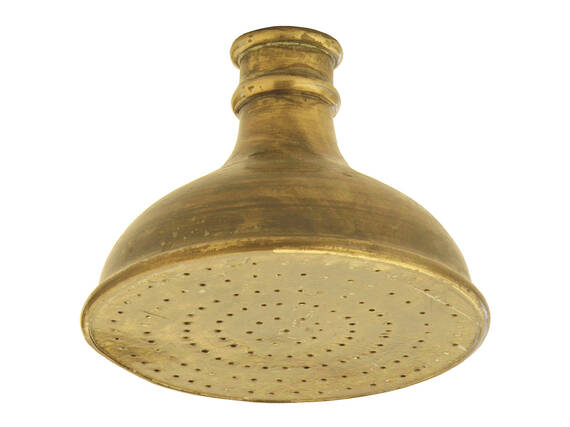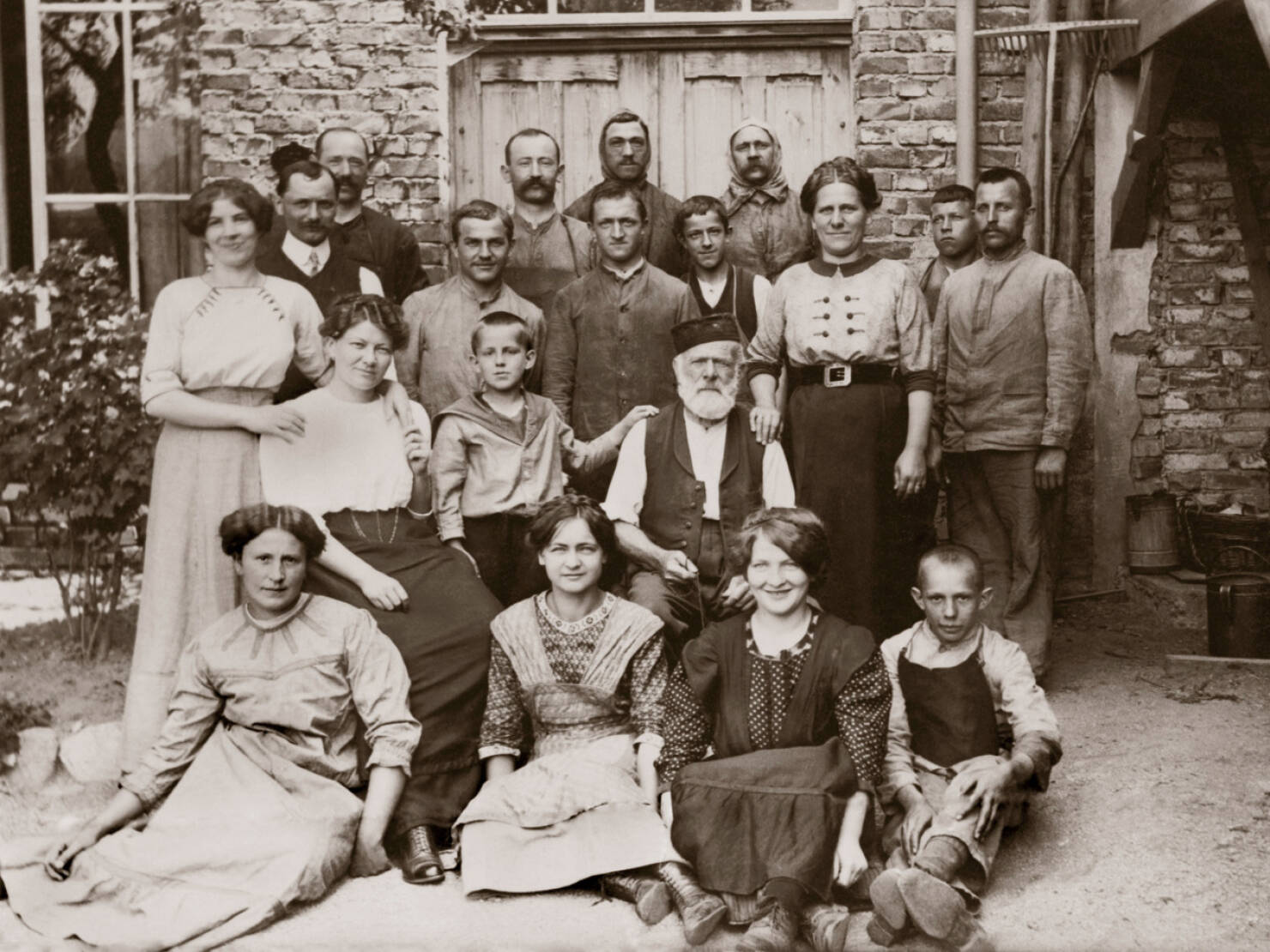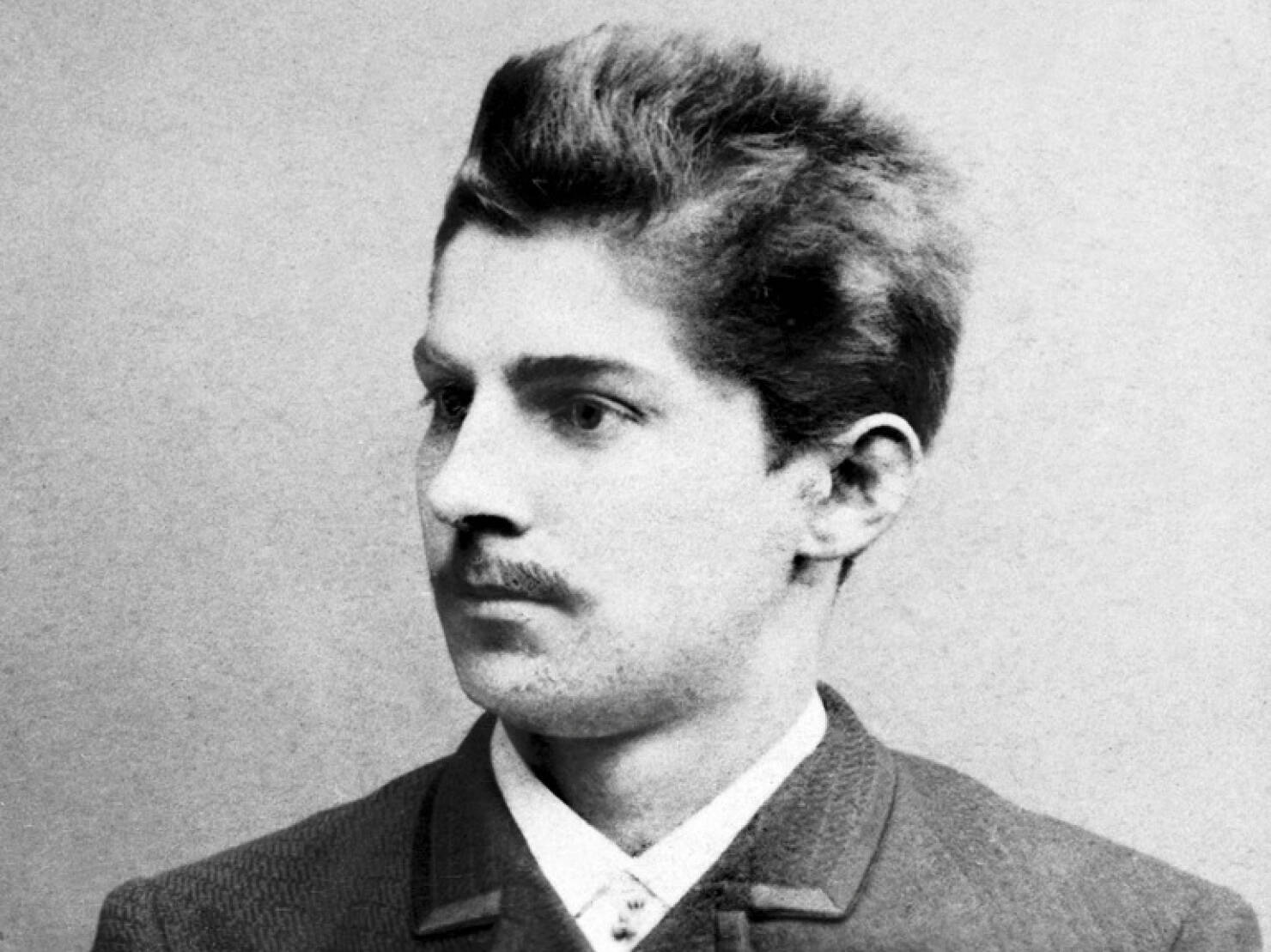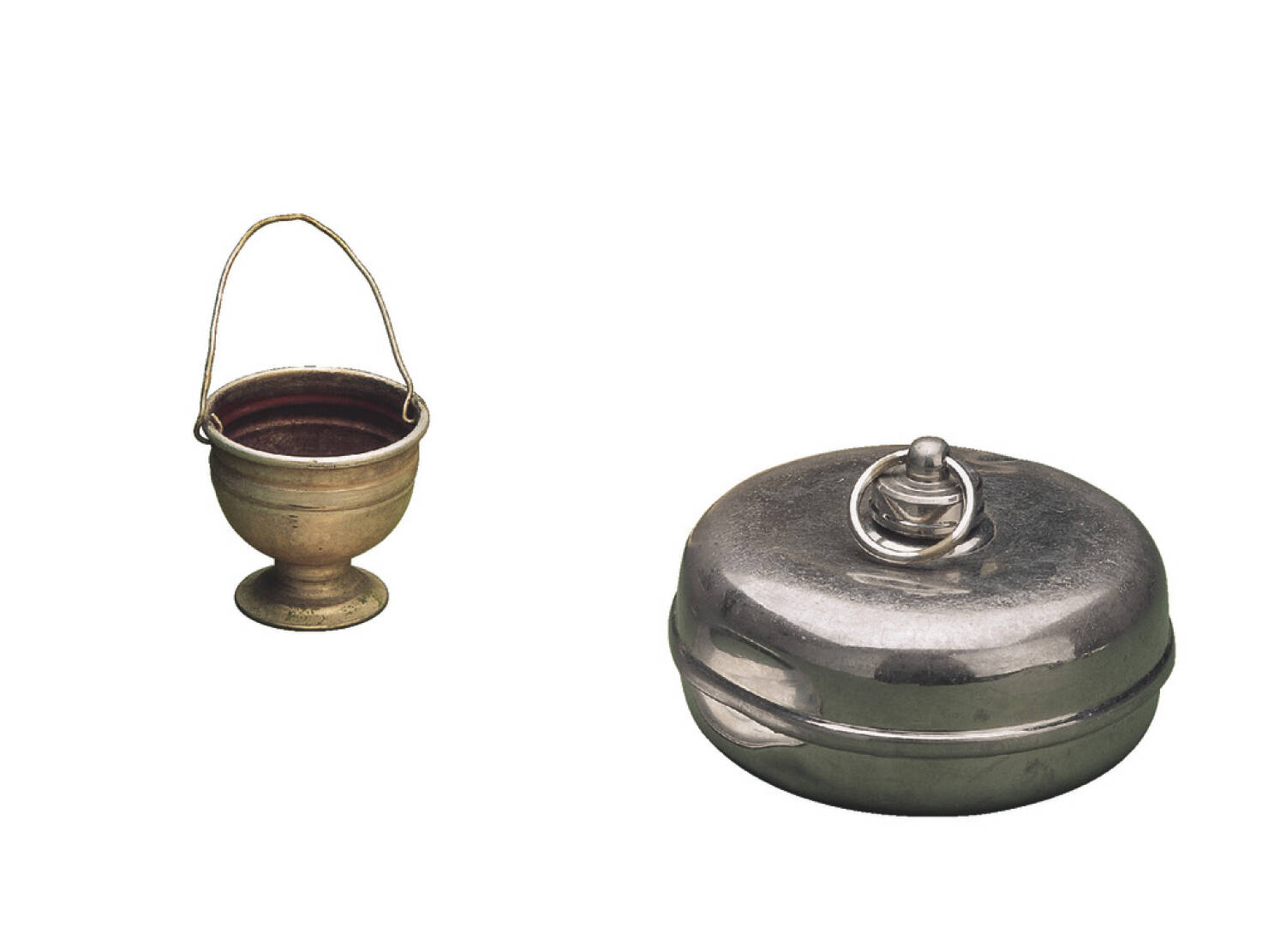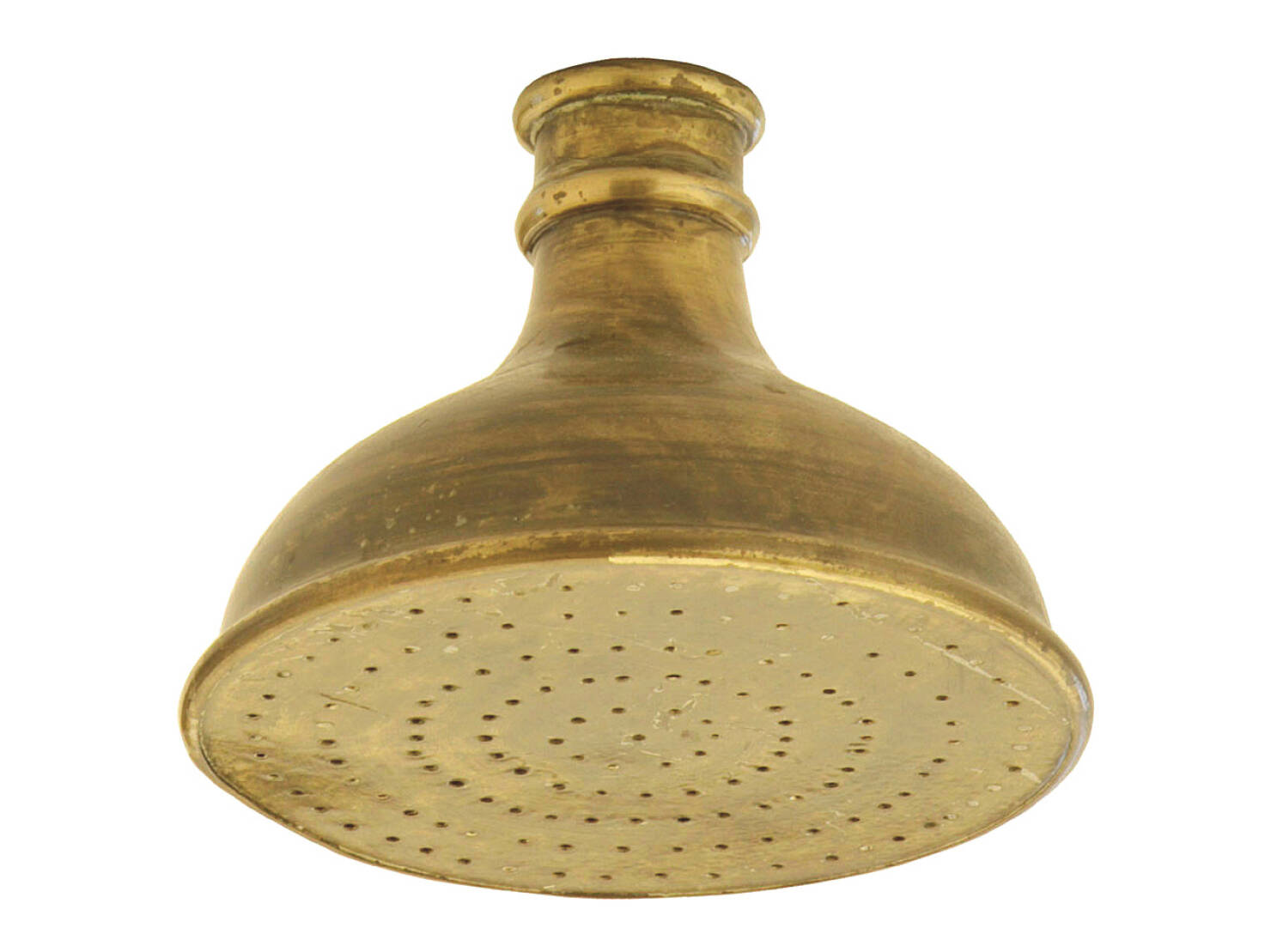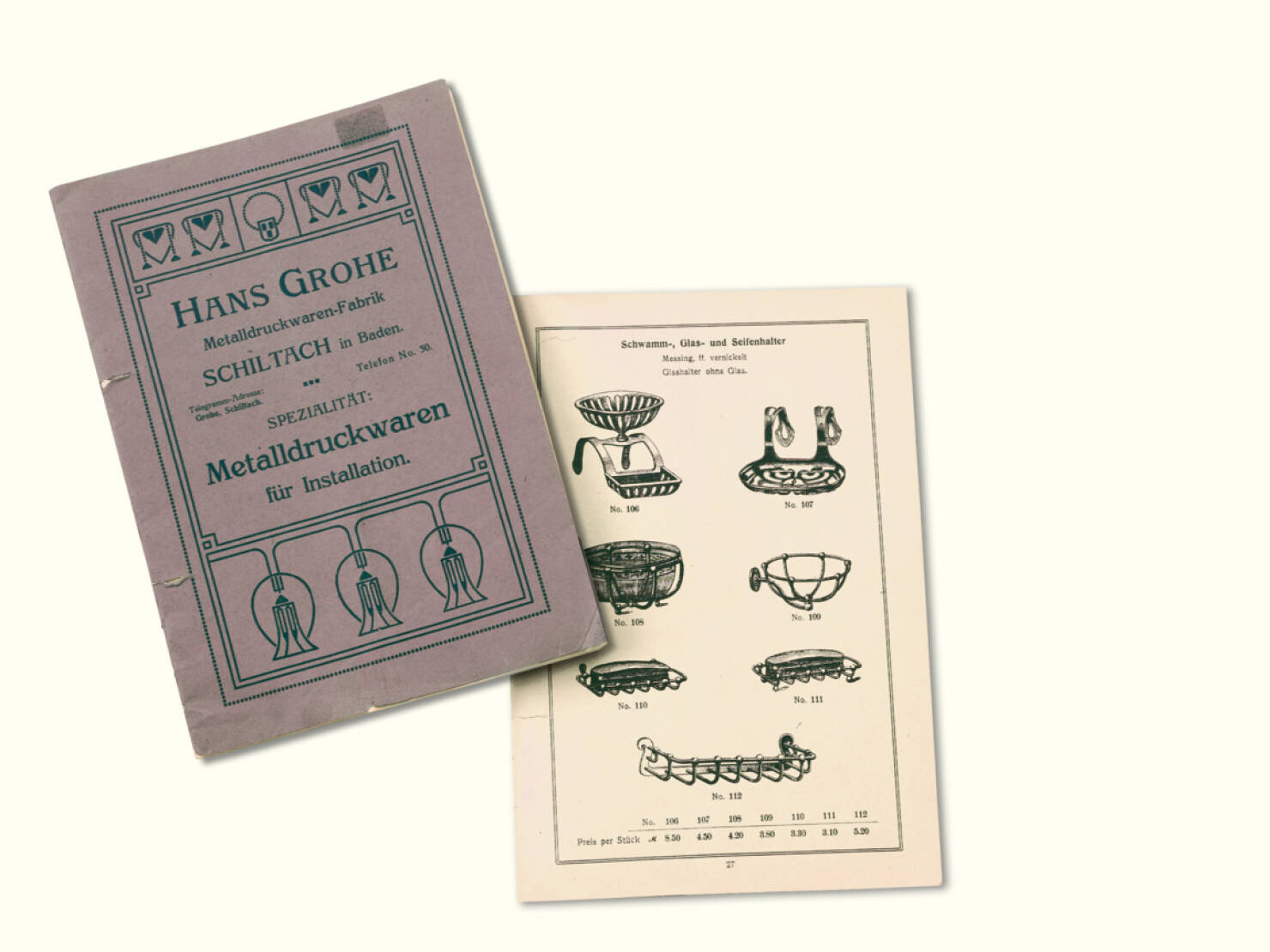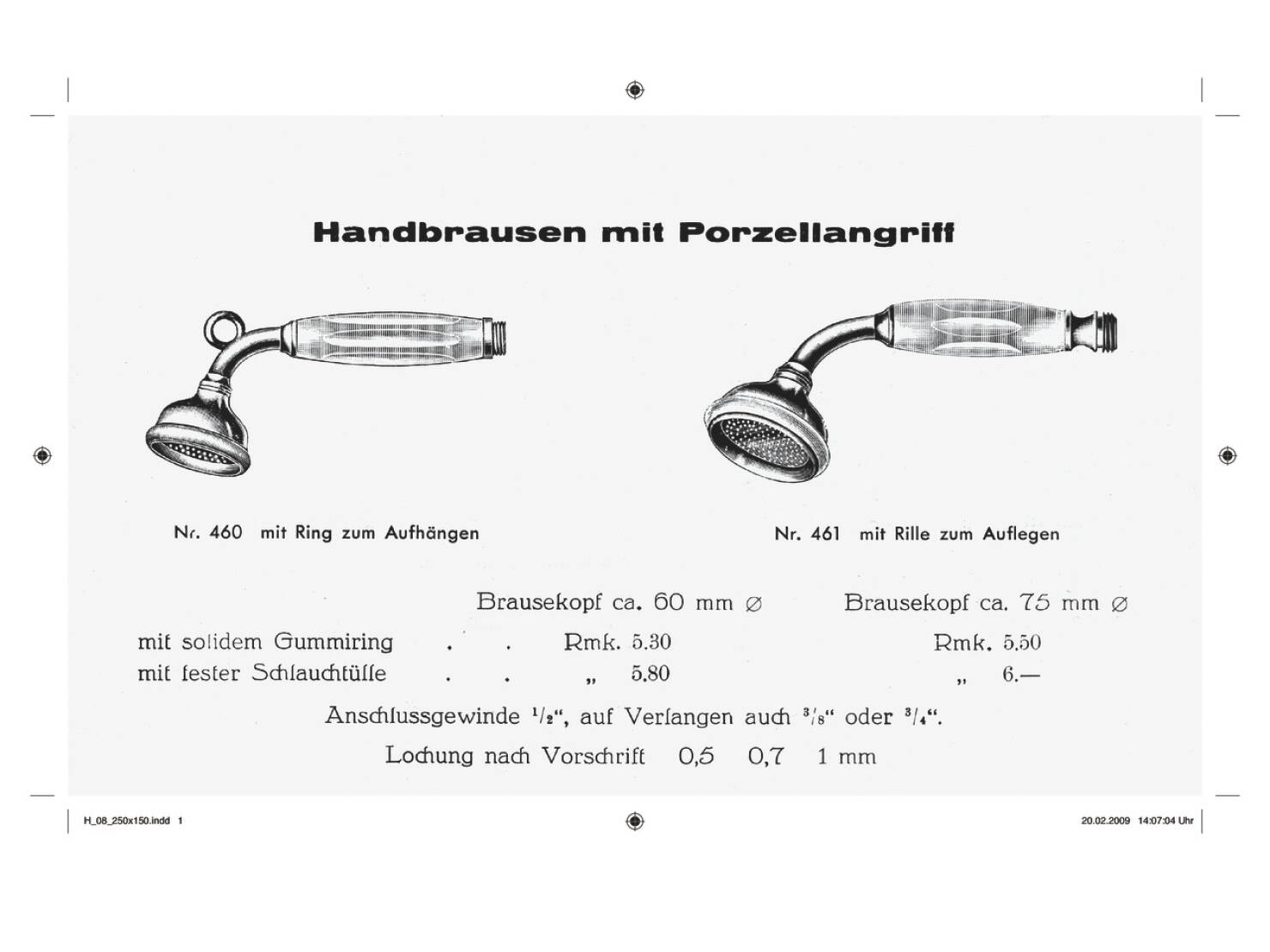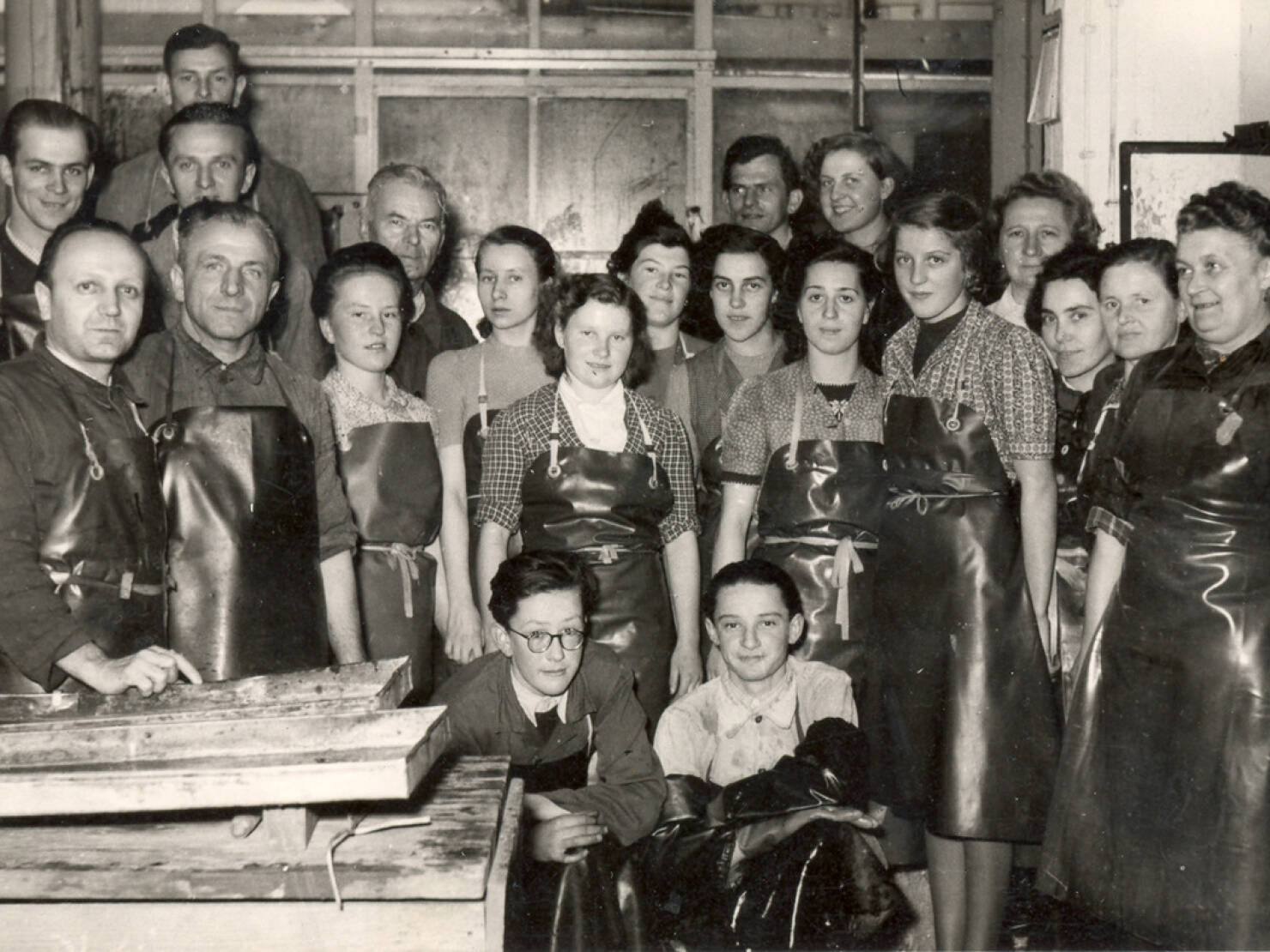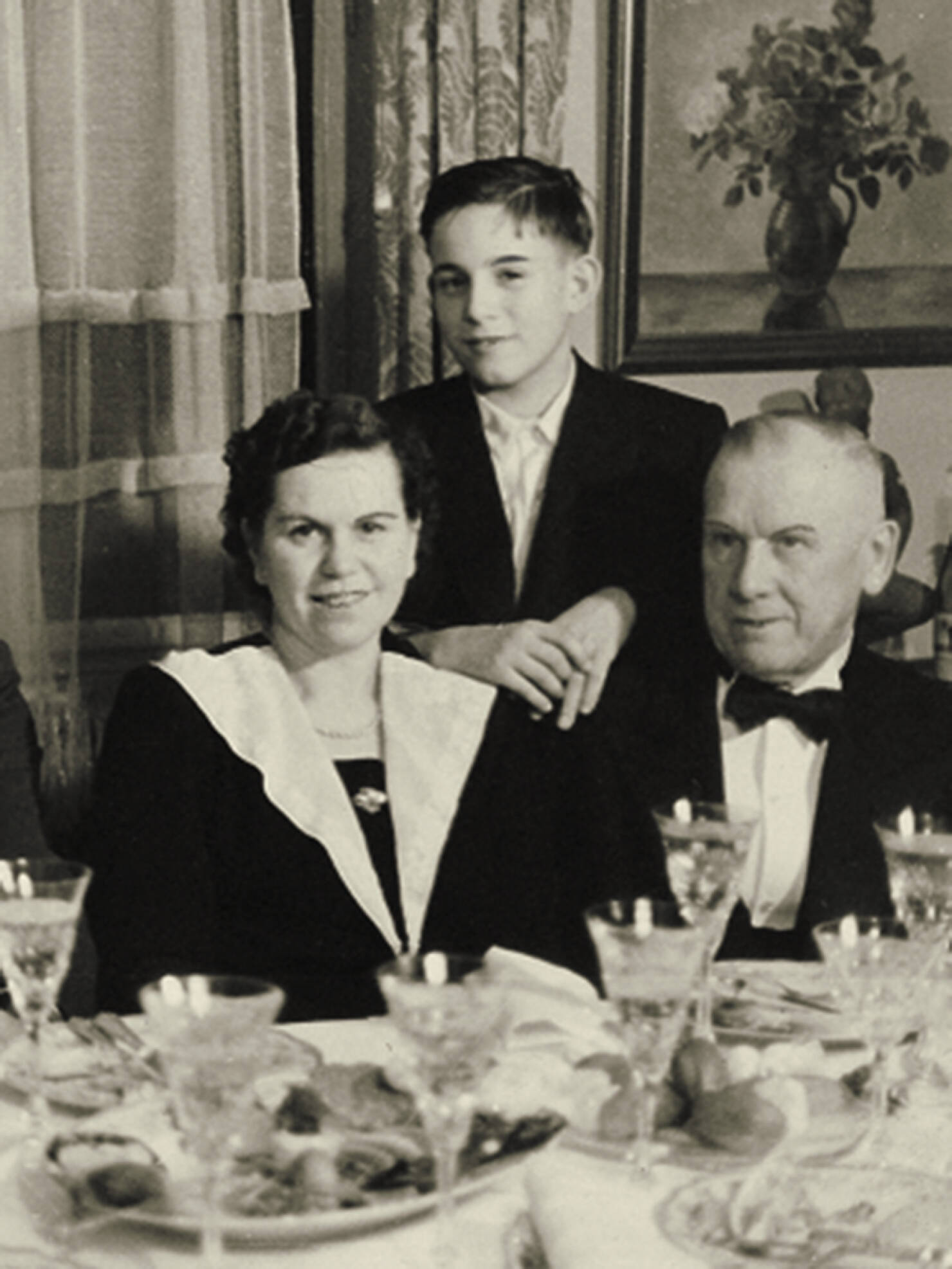Hans Grohe Founder Story: Bubbling Ideas Since 1901
Schiltach, 1899. When cloth-maker Hans Grohe arrives in the Black Forest, he has a bit of seed capital in his pocket and a head full of ideas. It is doubtful whether a business plan is hiding in his fine suit. He hails from Berlin, and so has come from Prussia to Swabia. Unlike today, when hundreds of creative founders are storming in exactly the opposite direction.

Hansgrohe company history: From Berlin to Schiltach, from the Black Forest into the world |
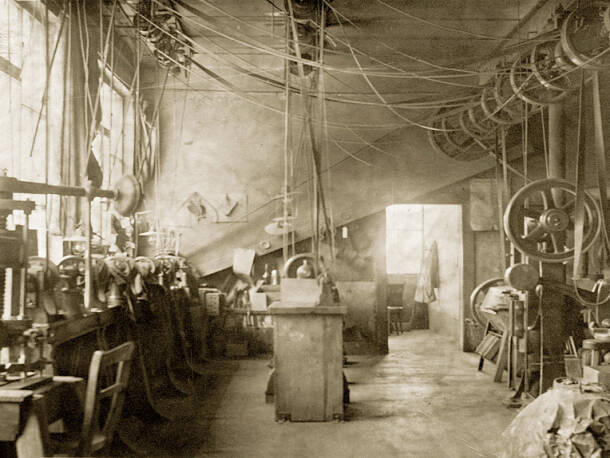
Many corporate success stories of the recent past have one thing in common: Everything started in the garage. Steve Jobs with his Apple friends or Jeff Bezos of Amazon started in modest little shacks, they say. Founding father Hans Grohe, too, began his sanitary business in a small woodshed. Only it wasn’t in California, but in the Black Forest. And they didn’t call a metalworking shop a ‘start-up’ in 1901.
Compelled to water, on which everything depends
Berlin – melting pot for creative thinkers and hot-shots! Berlin, where today ideas and investor funds flow like milk and honey! Even in the late 19th century, Berlin was an exciting city in (industrial) upheaval. But the 28-year-old Otto Johannes Grohe, called Hans, from the nearby Luckenwalde is leaving this hub of the world. He’s turning his back on the smoking factory chimneys and going deep into the Black Forest. Why? Because at home, all that glitters is by no means gold – especially for craftsmen. Because the trained cloth-maker has a vision of happiness and prosperity that lies somewhere to the south. And because his wife has recently passed away.
He packs his belongings and his three children (Helene, Liesel, and Hans Junior) onto a train and takes up residence in the rafting town of Schiltach. He already knows the Black Forest from his three years of traveling as an apprentice. The Kinzig valley fascinates him: The clear spring water has been bubbling here since time immemorial. And water has a magical attraction to Hans Grohe.
Alarm clock, kitchen sieve, stovepipe – and then an overhead shower
His neighbor is a metal spinner. The newcomer immediately takes a liking to this trade. A disused shed on the river – the old Spittelsäge sawmill – serves him and his two employees from 1901 as his own metal spinning mill. There, where the water drives the machines, Hans Grohe learns the craft from scratch. And there, he lays the cornerstone for the future global company. He’s a skilled innovator and businessman. People get to know him as a problem solver, as a "creator," as their peer. His alarm clock housings for the Black Forest clock industry, his kitchen sieves, canopy lamps, stovepipe rosettes, and boiler scale eggs sell like hotcakes.
Yet again, destiny changes the switch: Because hygienic conditions are problematic around the turn of the century, the young entrepreneur soon tries something new. He presses sheet brass into shape and mills holes into it. Hans Grohe’s first shower head can be found in the Schiltach Commercial Register of 1905. That’s it: the vision, the south, the metal, the water. The poor state of affairs in terms of cleanliness leads him to his core business. Water becomes his elixir of life; he finds his life’s work with showers. Incidentally, he makes outstanding contributions for public health. And he meets his new wife, Magdalene. She bears him even more children, among them his son Friedrich.
Hansgrohe company history: The Kinzig valley becomes the Silicon Valley of the Black Forest
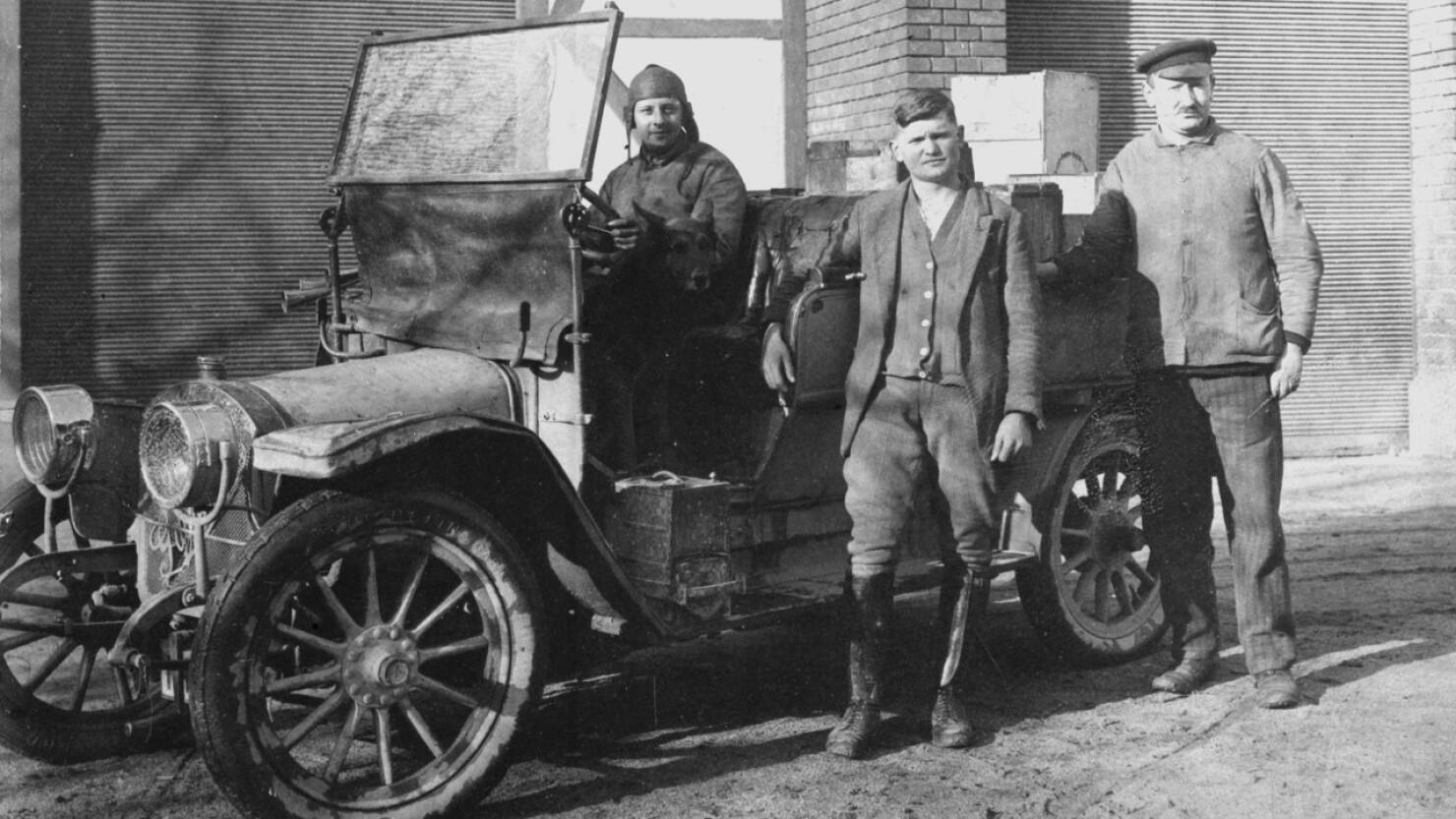
If one asks young founders today what they are struggling with, they’ll say: a lot of work, high taxes, little time, and little money. They tend to do everything themselves and push their limits.
Jack-of-all-trades Hans Grohe is no different. He spins, stamps, punches, and presses. He ruminates, calculates, and packs up. Yes: he delivers his goods himself as a bicycle courier. Sixteen-hour days are normal for this workaholic. Only when the workshop becomes a family business and the staff grows does he learn how to delegate.
Successes and expansions, crises and wars
The proverbial Swabian diligence and inventiveness of his people are the pillars of the business. And so it remains today. And that no one does things by halves: The head of the company introduces quality controls and high standards at an early stage. Nothing leaves the building without being examined. He builds the first factory with a "logistics center" in the backyard of his new home in Auestraße. One could call it a "home office". Starting in 1908, he travels across Europe with the first product catalog under his arm: advertising, finding export markets, developing new target groups. He introduces distribution and field service structures. "By 1913 we were one of the leading specialist suppliers of sanitary equipment,” says the family chronicle. But then the great wars break out, and some hard battles begin even for Hans Grohe.
Of flights of fancy, quarrels, and new beginnings
Both World Wars bring not only suffering, but also economic setbacks. Hans Grohe opposes Nazism and wants to sell items of peace – but instead must produce army supplies and detonators. With courage and foresight, he sails his ship through all the storms. The H. Grohe, Schiltach company survives empty shelves, a shortage of skilled workers, and French occupation. This is mainly due to the fact that the owner is a creative "troubleshooter". There’s no such thing as can’t be done.
In 1927, he employs 96 people. Now the bathroom pioneer has more time to invent new products. One of the milestones of the company – and its sanitary history – is its hand shower with a white porcelain handle (1928). It becomes a bestseller and export hit, shaping people’s bathing habits. The company accounts in 1938: 1,900,000 reichsmark in annual revenue. While Hans Grohe’s first automatic bath drain and overflow set (1934) causes a sensation and his showers give showering pleasure to thousands and thousands of people, he has a falling out with his son Friedrich. In 1948, Friedrich founds the company Friedrich Grohe, which also evolves into a global company in the sanitation industry – and a competitor.
Upswing, Miracle on the Rhine, construction boom
The entrepreneur marries for the third time, and in 1937 another visionary comes into the world in the valley of quality showers: his third son, Klaus. When Germany's economy begins to recover in the 1950s, Hans Grohe also begins to spread his wings. His products are used and treasured everywhere. The "clever Hans" has created an unmistakable brand – the dream of every company owner today. The quality label of "Hansgrohe" is on everyone’s lips.
In his last stroke of genius, the founding father is already 82 years old. He invents what is now standard in nearly every bathroom on earth: the shower rail. One could say: In 1953, the "Unica" is a sanitation sensation. Hans Grohe hands top management over to his sons, and passes away in 1955. He has prepared the path into a golden future for them.
From the bleak wet cell of 1900 to the design bathroom of the 21st century
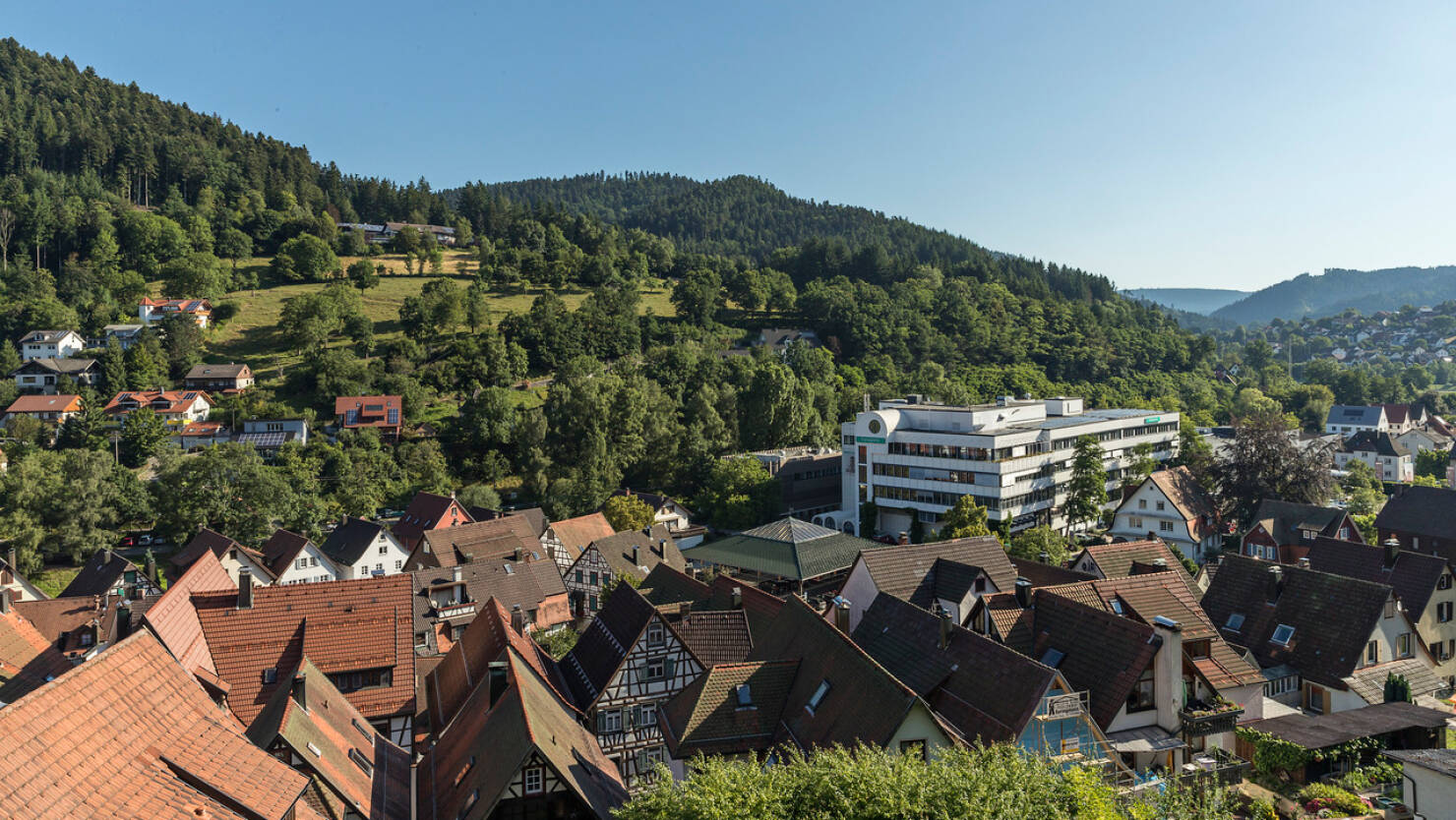
Hans Grohe and his descendants have had a major influence the shower culture and bath(ing) history of the people. Around 5,600 women and men are employed in the Hansgrohe Group worldwide today. In 2022, the Hansgrohe Group breaks the €1.5 billion sales mark and is one of the heavyweights of the sanitation industry.


